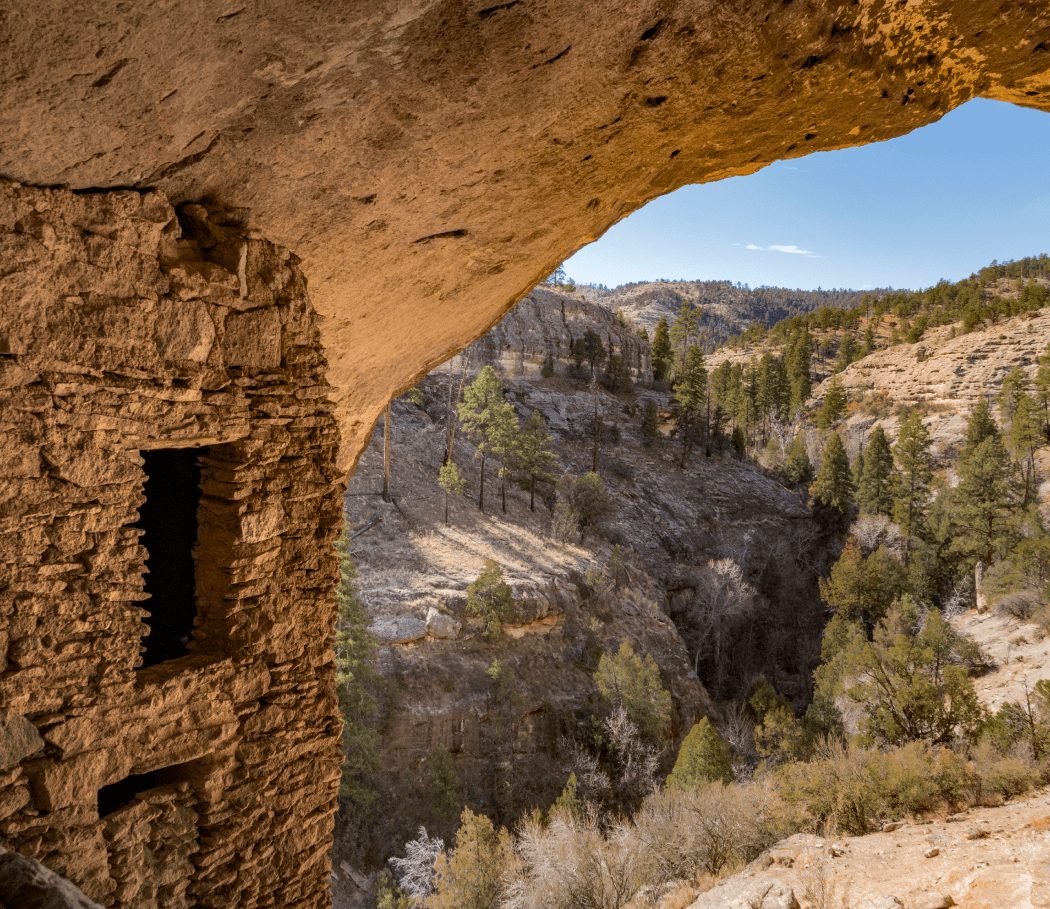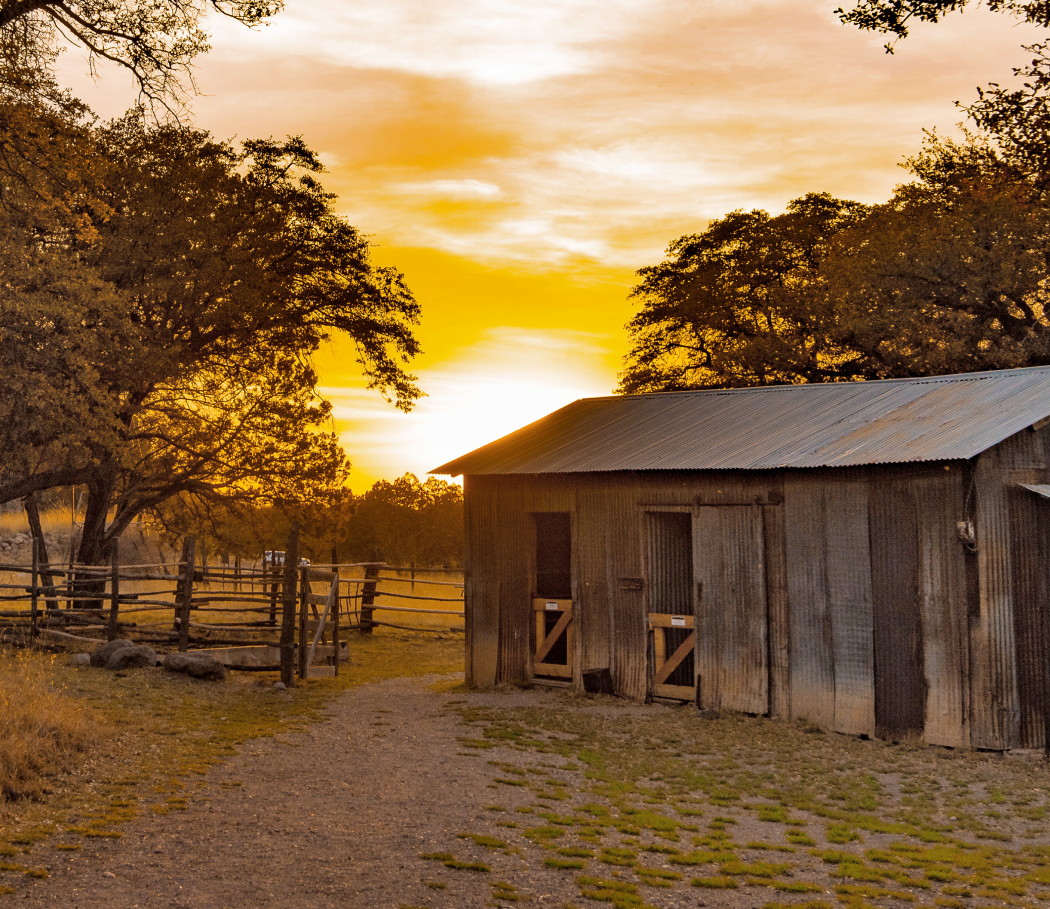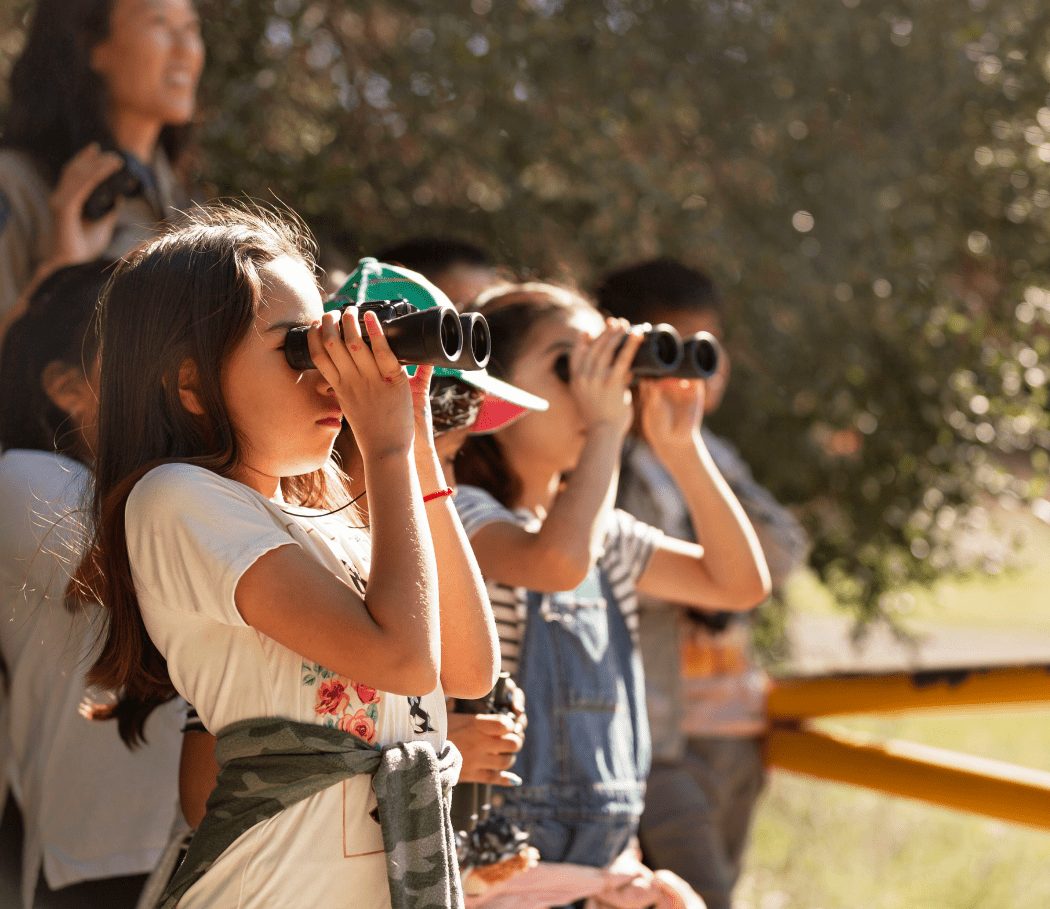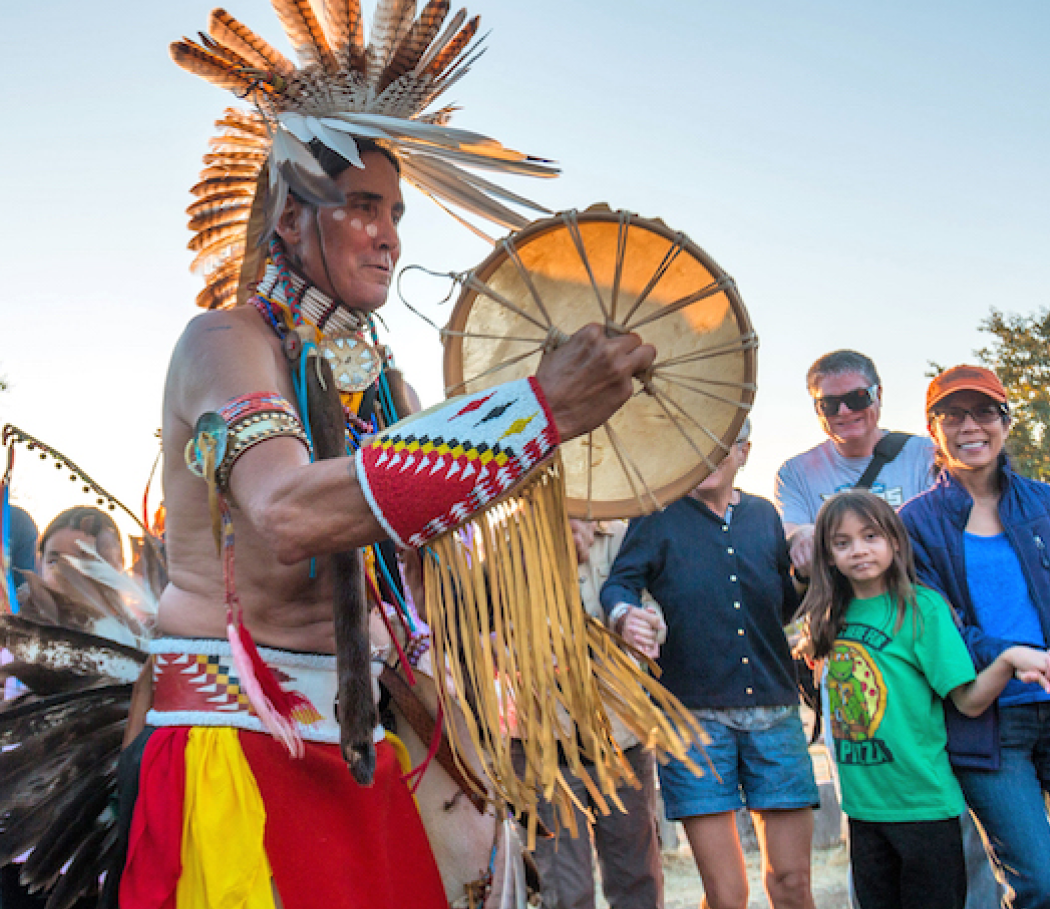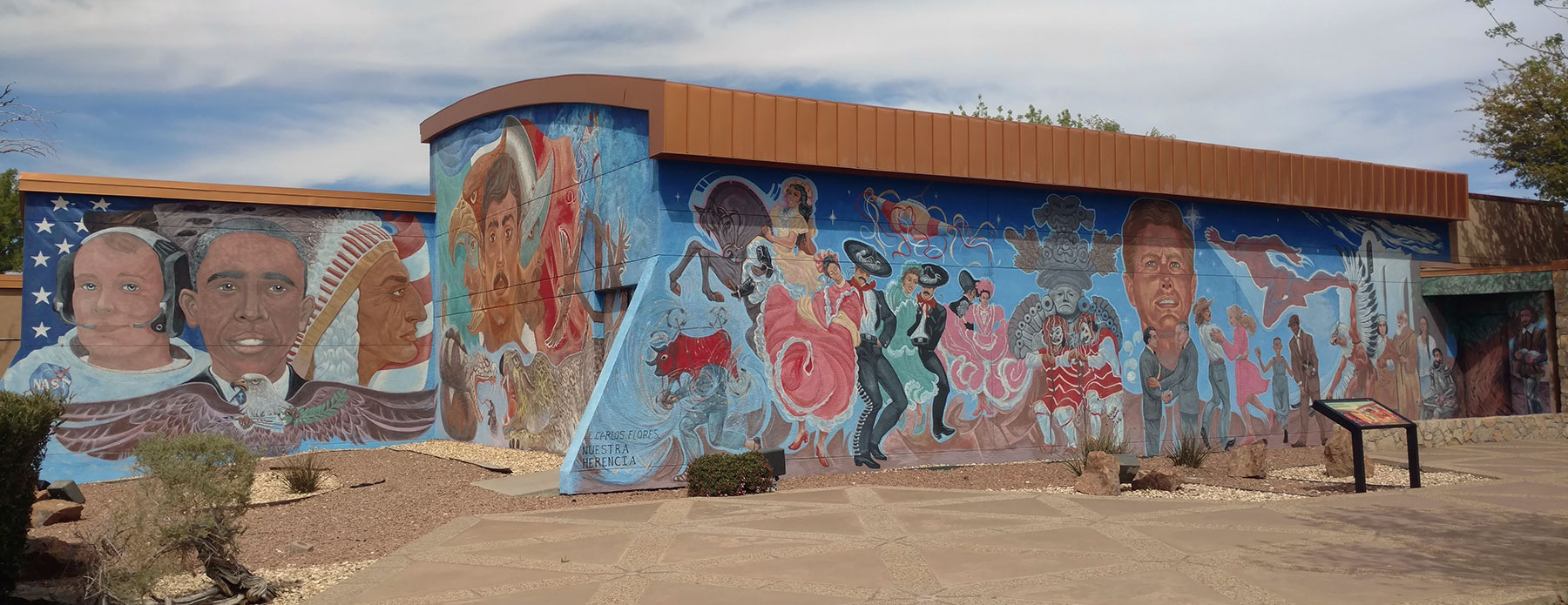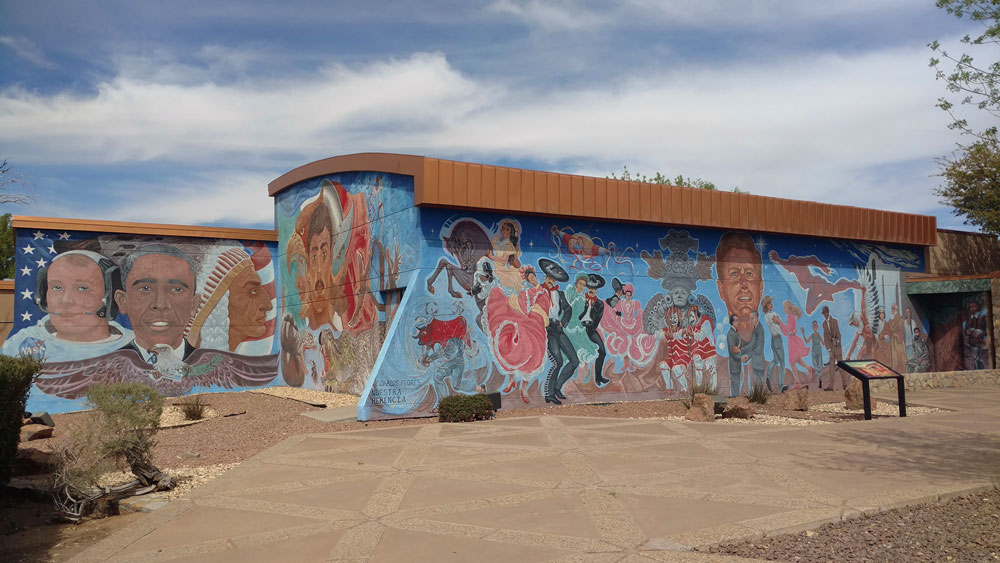
“We share a border of 2,000 miles. Over three million of our citizens in the United States are descended from your citizens.” –President John F. Kennedy during a visit to Mexico in 1962
We share North America. What can we learn by exploring our own history and heritage and that of our neighbors? In Mexico City on August 29, 1963, representatives of two sister republics signed the Chamizal Convention. This treaty diplomatically resolved a century-long boundary dispute between the United States and Mexico. In 1966, the United States Congress authorized the establishment of Chamizal National Memorial. Park planners could have created a static monument depicting this example of international goodwill and cooperation. Instead, Chamizal National Memorial commemorates it through creative cultural exchange.
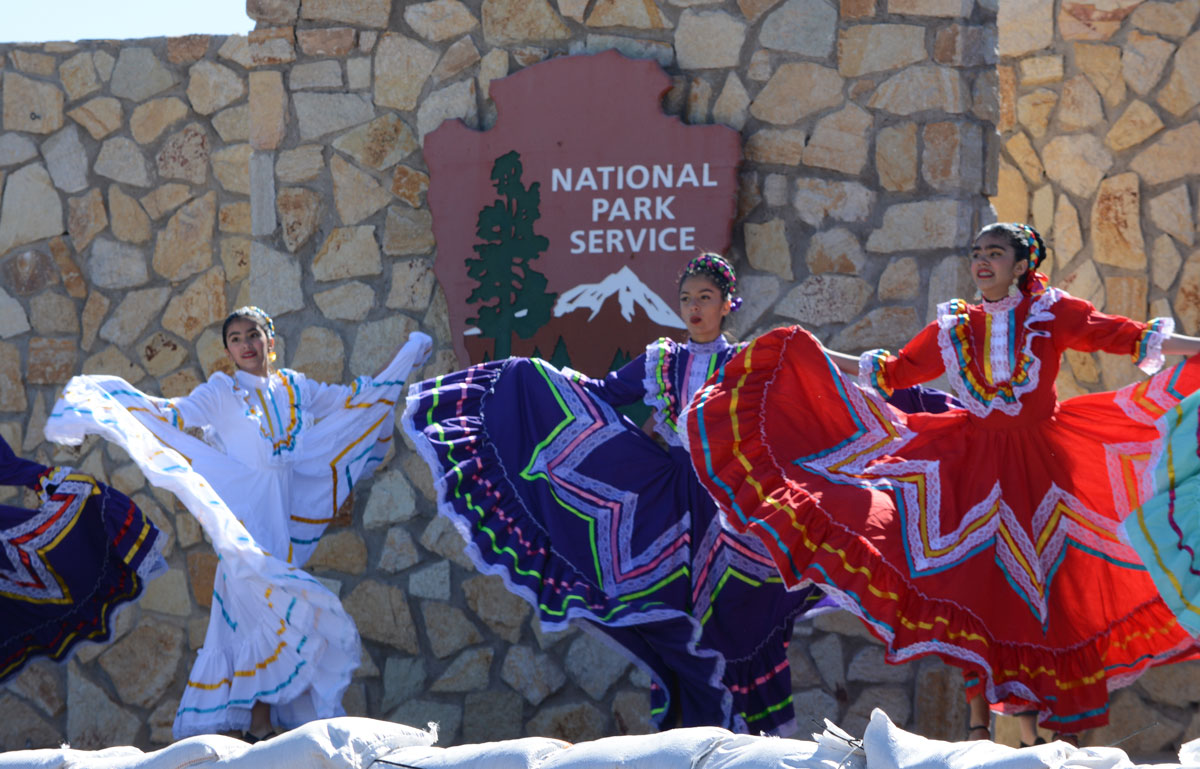
A diversity of people continues to shape the borderlands region of El Paso, Texas and Ciudad Juárez, Chihuahuah where the Chamizal dispute took place. Indigenous people have been here for millennia. More than 400 years ago diverse groups of Spanish colonials from old Mexico traversed and later colonized the area. In 1848, with US troops occupying Mexico City, the United States and Mexico agreed to the Rio Grande as part of a new international boundary. The shifting course of the river caused conflict once again. A local dispute arose over 600 acres of land between El Paso and Juárez called “El Chamizal”. Today, Chamizal National Memorial provides an avenue for understanding and enrichment to transcend barriers of race, ethnicity, and language.
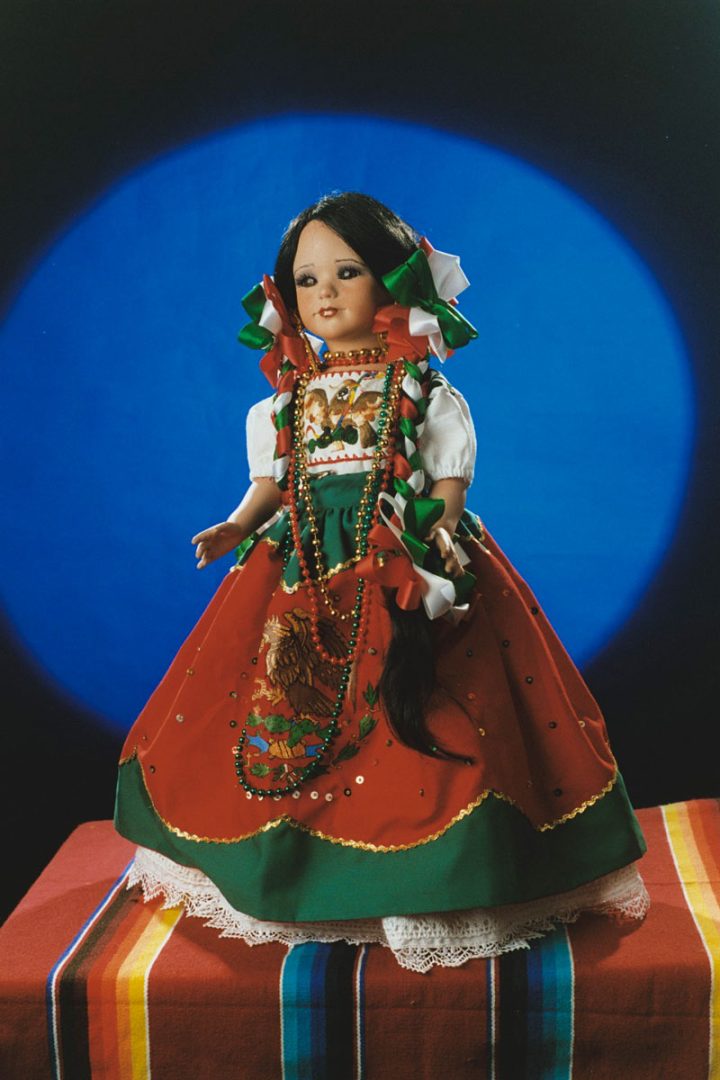
Hispanic traditions and heritage, including the Spanish language, remain vibrant throughout the region. Chamizal National Memorial provides a venue for people from the United States, Mexico, and around the world to showcase and experience these traditions and heritage. Exhibits and visual arts, music, indoor theater and outdoor performances, and interpretive programming bring history and heritage to life. Over the years, WNPA’s Aid to Parks funds have helped Chamizal remain a living memorial by helping to pay performers and presenters, funding recognition banquets for park volunteers, and by paying for elements used in the park’s permanent exhibit.
This year, park staff are creating a series of videos that will explore the diverse heritage of Mexico’s 32 states through the traditional clothing of dolls created by El Paso artists Petra and Jorge Rosales. Look for these videos later this year on our English-language website (nps.gov/chamizal) or our Spanish-language website (nps.gov/es-es/cham). There you can also explore our virtual permanent exhibit and a recently-added virtual exhibit about Abraham Lincoln and Benito Juárez. Follow us on Facebook to experience more of the deep history and heritage of the borderlands.
By: Ranger Rodney Sauter, Park Ranger, Chamizal National Memorial
